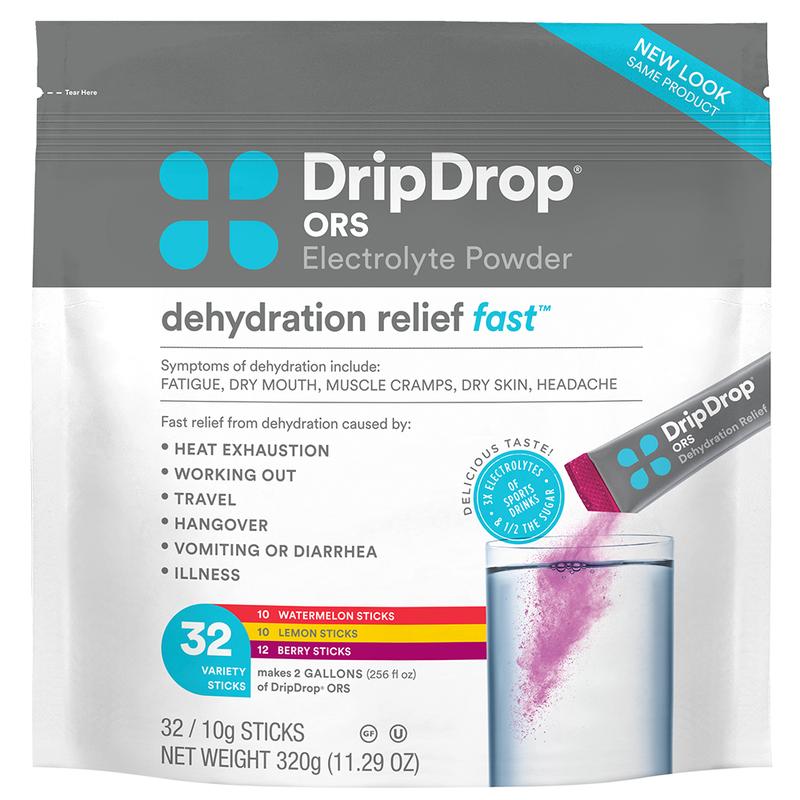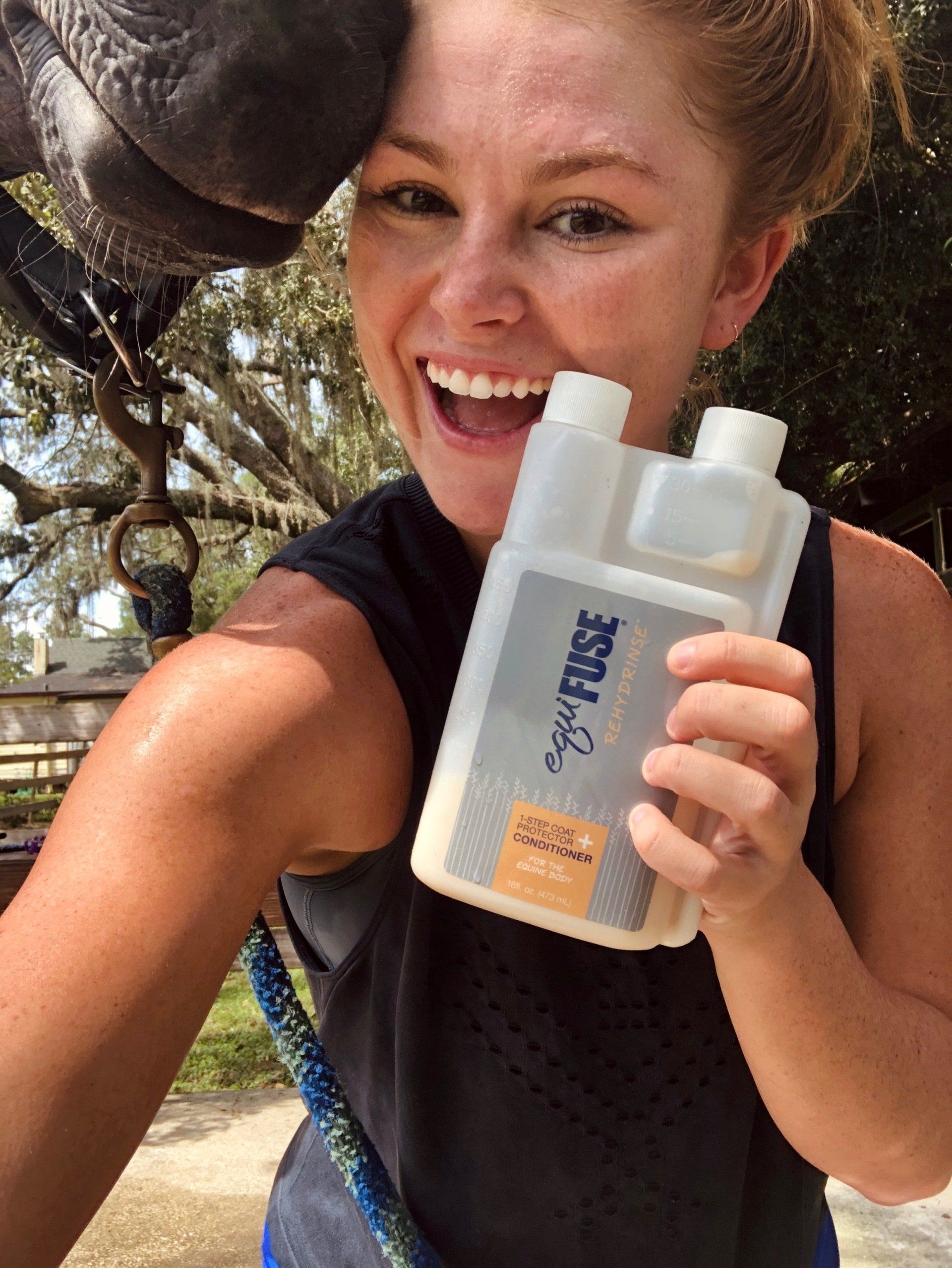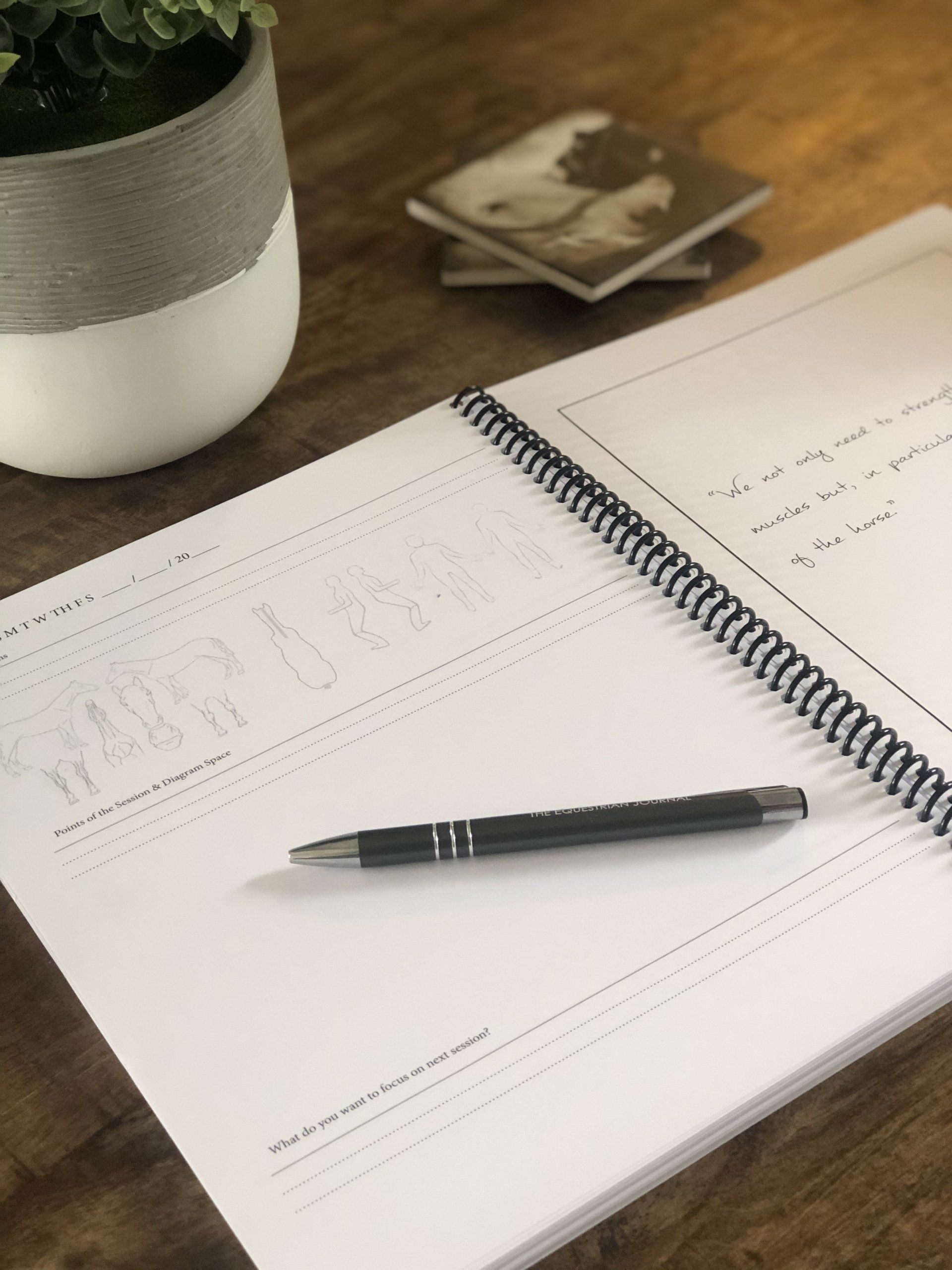Blog Layout
Managing Dehydration in Equestrian Athletes
OK, I may not be an endurance rider but I need some help!

Living in Florida, we are not strangers to extreme heat, sweat and dehydration. This is true for our animal companions as well. In an upcoming blog, we will explore how to keep your horse hydrated and fit. Today let’s explore how exercise impacts our hydration level and methods to stay hydrated, mentally fresh and cramp free.
Earlier this summer, I got off Del and headed back to the barn. My endorphins were pumping, my heart rate high and I felt like I’d had a great ride. But by the time I got to the barn, I started seeing black areas and the world began to spin. My barn buddies took my horse, found me a wet cloth, some grapes and my bottle of water. I felt better in a couple of minutes and tried to stand up. The world began to spin even harder and I had to lay down flat in the tack room. It took 45 minutes to recover and I felt like I’d run a full marathon (don’t laugh, I know I could never do that!). As a pharmacist, I was curious about latest trends in sports management. So, when I got home I started exploring ways to hydrate, electrolyte replacement and the need for carbohydrates. The following is what I learned.
Equestrian Athletes Should Take Dehydration Seriously!
Signs include everything from dry mouth and skin to fatigue to cramping to headaches. I had the migraine trigger which caused me to feel lightheaded, dizzy and swirling images in my vision. According to The Mayo Clinic heat injury can occur when you’re exercising vigorously and perspiring heavily. This may include mild heat cramps, heat exhaustion or heatstroke.
I don’t know about you but the words Urinary Tract Infection should always be bolded and italicized in my mind. Fun fact: repeated bouts of dehydration may cause them!!! If that’s not enough incentive to drink more water, I don’t know what is!!
We know from an early age that dehydration can occur when you don’t replace the fluids that you use or lose. Then, your body may not be able to carry out some of its normal functions. Our age, health and the length of exertion are critical factors for the equestrian athlete. Older people (ahem) don’t have the same volume of water as younger adults. Medications can also increase your risk of dehydration as can bladder or lung infections, vomiting and diarrhea.
Feeling thirsty is a typical sign that you may have some level of dehydration. It’s not always the best indicator though as we begin to lose this sensitivity as we age. Other key indicators include less frequent urination, dark-colored urine, and fatigue.
Risk Factors
As an athlete, you have some risk factors that are easy to assess such as the temperature, humidity and intensity of training each day. It’s interesting that when the air is humid, our sweat doesn’t evaporate and cool us off like it normally does. As a result, our body temperature can increase and thus require more fluids. In addition, you can track how often you are replenishing your fluids and with what…water, electrolytes, etc.
Knowing these factors along with your personal factors mentioned above allows you to be more planful with daily hydration.
Prevention
At a minimum, drink plenty of fluids and eat fruits and vegetables with a high water content. Grapes are an easy barn snack to pack in your cooler. Drink fluids daily to achieve a clear, dilute urine. During your day, drink water at regular intervals. This is where planning comes in. If you are riding a long time or numerous horses or conditions are particularly rough, have your water bottle handy. Leave it by the arena, next to your tack up area or have a friend keep it handy. The camel backpacks seem a little goofy but I saw them in action at a busy barn and was really impressed.
We are all familiar with the impacts of hot weather but cold weather can have an effect as well. Especially, when the air is dry or you are at a high altitude. Like horses in the winter, we need to remember to drink more.
So, what to drink? DRINK WATER!!! Learning to love water is easier said than done but it is the easiest and healthiest way to replenish the water lost throughout the day. The old stand-by of 8 glasses a day may not be enough for you. Start with drinking 8 glasses throughout the day. If any of the warning signs show up, that is your cue to increase your water intake. If water isn’t your thing, there are some lovely sugar free additives to make it tastier. A sliced cucumber in your bottle is amazingly refreshing.
If you exercise vigorously for 90 minutes or more, you may need to explore sports drinks. Stay away from the sugary ones where possible. Keep in mind that they also contain a lot of sodium which has its own repercussions if you drink or eat too much. Remember, most of us need to drink water throughout the day with minimal supplementation.
When water isn't enough...
For those athletes who not only deplete their water stores but their energy stores as well, you might want to try Drip Drop ORS. This product was developed by the military for the extreme conditions they face. It contains 3 times the electrolytes and ½ the sugar of other electrolyte replacement products. The product leverages a sodium-glucose transport system in the body to help you hydrate fast. I’ve recommended this to several people including my husband who is a crazy weekend warrior. They all had excellent results.
Okay! That’s a lot of information. Stay Hydrated!!!

By Renee Hay
•
16 Nov, 2021
No, this isn't your basic Jack and The Beanstalk story although it could easily become a new Grimm's Fairy Tale.
Several years ago, I attempted to extract “the bean” from my horse’s sheath. I was familiar with using various products to soften and loosen smegma but had never attempted to find the elusive bean. I wasn’t even quite sure where or what it was!



